


Fluconazole is a triazole antifungal medication used to treat a variety of systemic and superficial fungal infections. It functions by inhibiting the fungal cytochrome P450 enzyme 14α-demethylase, disrupting the conversion of lanosterol to ergosterol, an essential component of the fungal cell membrane. This action renders it effective against infections such as candidiasis, cryptococcosis, and coccidioidomycosis.


Fluconazole is a triazole antifungal medication used to treat a variety of systemic and superficial fungal infections. It functions by inhibiting the fungal cytochrome P450 enzyme 14α-demethylase, disrupting the conversion of lanosterol to ergosterol, an essential component of the fungal cell membrane. This action renders it effective against infections such as candidiasis, cryptococcosis, and coccidioidomycosis.

.3d8f8f41.svg)
Pharmaceutical
.3556d45a.svg)

Pharmaceutical Actives & Precursors


Active Pharmaceutical Ingredients (APIs)
Included in Quote
Included in Quote
Included in Quote
Included in Quote
.7767eb0f.png)

Chemical Properties & Specifications
Used as an active ingredient in antifungal medications for treating infections like candidiasis, cryptococcosis, and other systemic fungal infections.
Employed in studies focusing on antifungal therapies and fungal cell membrane synthesis.
Fluconazole is used to treat and prevent fungal infections such as candidiasis, cryptococcosis, and other systemic mycoses.
It inhibits fungal cytochrome P450 enzyme 14α-demethylase, disrupting ergosterol synthesis, which weakens the fungal cell membrane.
Fluconazole is effective against many fungal infections but may not be suitable for certain resistant strains.
Yes, it is commonly used as a prophylactic antifungal agent for immunocompromised individuals, including chemotherapy and transplant patients.
Common side effects include nausea, headache, dizziness, and gastrointestinal disturbances. Severe reactions are rare but possible.
Yes, Fluconazole can interact with other medications, such as anticoagulants and cytochrome P450 inhibitors. Consult a healthcare provider before use.
Long-term use should be monitored by a healthcare professional to avoid potential liver toxicity and resistance development.
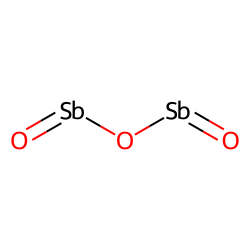
CAS No. : 1309-64-4
Category : Inorganic compound
Sub-Category : Flame retardants
Description: Antimony trioxide (Sb2O3) is an inorganic compound commonly used as a flame retardant and as a catal...
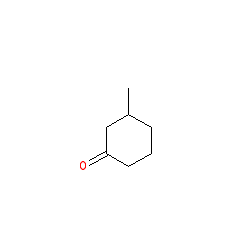
CAS No. : 36306-87-3
Category : Fragrance Ingredients
Sub-Category : Aroma Chemicals
Description: Kephalis is widley used in many industries. It plays a key role in the production of resins, coating...
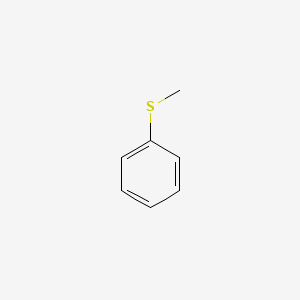
CAS No. : 100-68-5
Category : Pharmaceutical Actives & Precursors
Sub-Category : Intermediates & Precursors
Description: Thioanisole is a colorless to light yellow liquid with an aromatic odor. It serves as a valuable int...
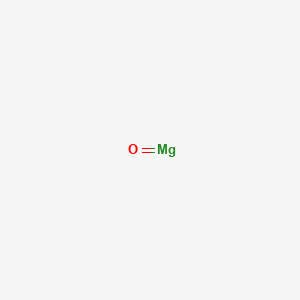
CAS No. : 1309-48-4
Category : Inorganic compound
Sub-Category : Magnesium compounds
Description: Magnesium oxide, commonly known as magnesia, is a white hygroscopic solid mineral that occurs natura...
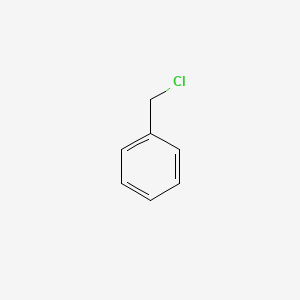
CAS No. : 100-44-7
Category : Organic Intermediate
Sub-Category : Reagents
Description: Benzyl Chloride is a colorless to pale yellow liquid with a pungent odor. It is primarily used as an...